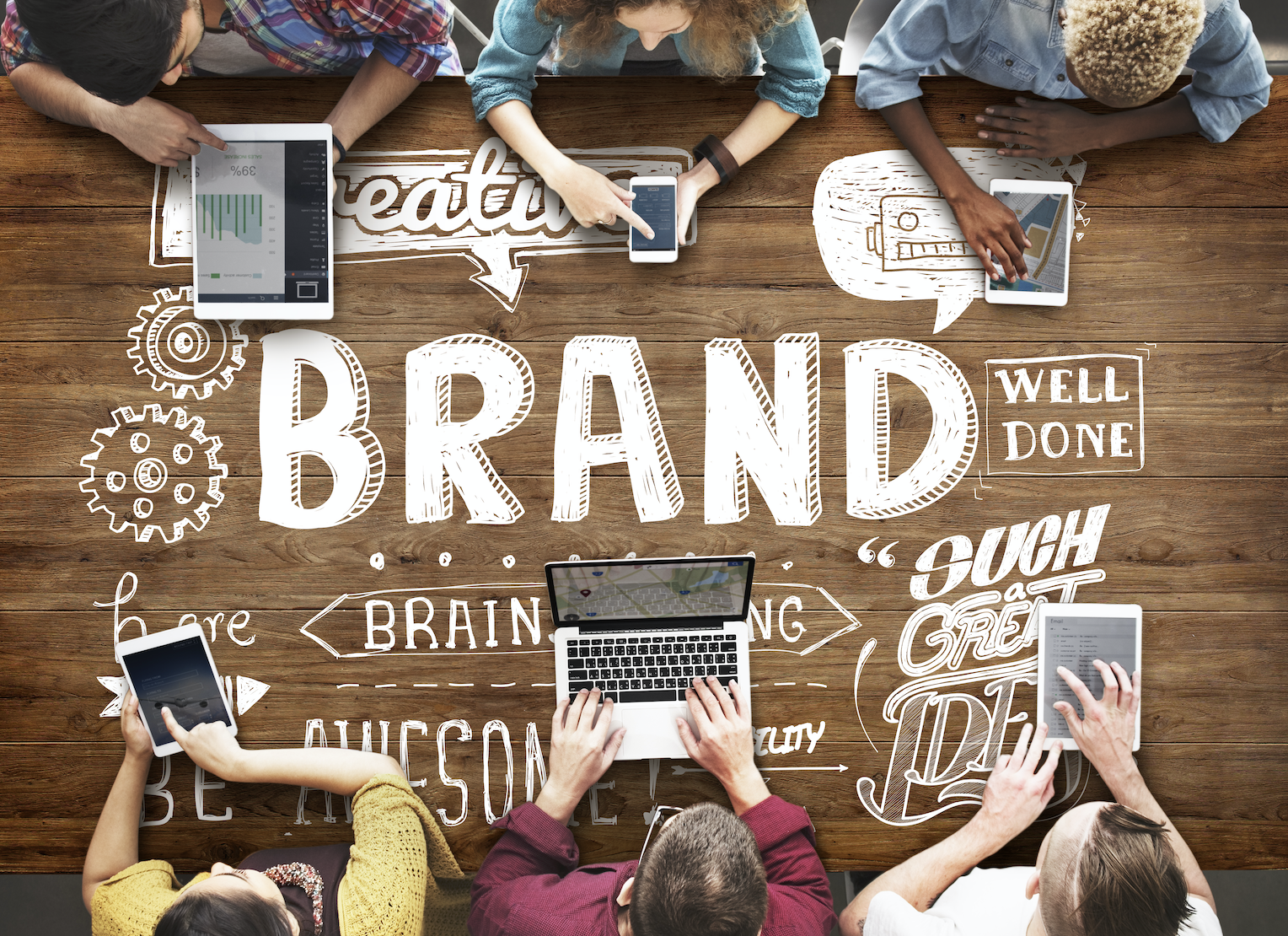Avoiding the “They” Culture at the Workplace
Clients often approach us for their tactical touchpoints, otherwise known as “the stuff.” They want websites, marketing collateral, a video or a campaign. Of course we are happy to fulfill the project needs they have, but they often forget to tell their employees what they are working on — which at times can lead to a “they” culture in the workplace.
Case in point: I went to my credit union to test this theory. They had been doing a lot of external consumer advertising for a new program they were unveiling. They sent information in statements, it was promoted on their website, they had signage in the bank and even large pop-up banners in the drive-through to communicate the program. I give them an A+ on the External Communication touchpoints. The only problem… the employees in the bank could not offer one piece of knowledge as to what the program was or how I could get involved. When I asked about the program, the bank teller told me “You’ll probably need to call corporate, they don’t tell us anything!” To which I thought, “Aren’t you, they?” Internal Communication grade = F.
According to the Bernard Hodes Group study regarding “The Growing Power of Employee Brands”, HR is responsible for 51% of your organizations Brand Culture (see graph below). Yet, the marketing and human resources departments are notorious for not communicating well. Frankly, we just speak different languages, so at times we avoid each other all together.
It’s a tough conversation to have with the rest of your organization, because at times other departments think of it as just marketing “fluff.” Don’t give up though… they will start to live the right culture if you are consistent. There are various degrees of support for change within an organization as it relates to driving the brand/employee relationship:
- SUPERFICIAL – The “Hearing it” Phase
- Contact
- Awareness
- CONCEPTUAL – The “Believing it” Phase
- Understanding
- Acceptance
- Ready to Defend
- EMOTIONAL & PERSONAL – The “Living it” Phase
- Ready to Promote
- Utilize and Internalize
- Cultural Experience
- Passionate Advocacy
As a certified brand strategist, we are taught (and we teach) that it is critically important to think about the internal communication touchpoints and everyone in your company before jumping to the “fun consumer projects.” Ask yourself, “What can I do to make sure all of my employees understand what our brand stands for and how can I make it easy for them to communicate it to our customers?” This way you can avoid hearing the word “they” when employees are talking about other co-workers.







